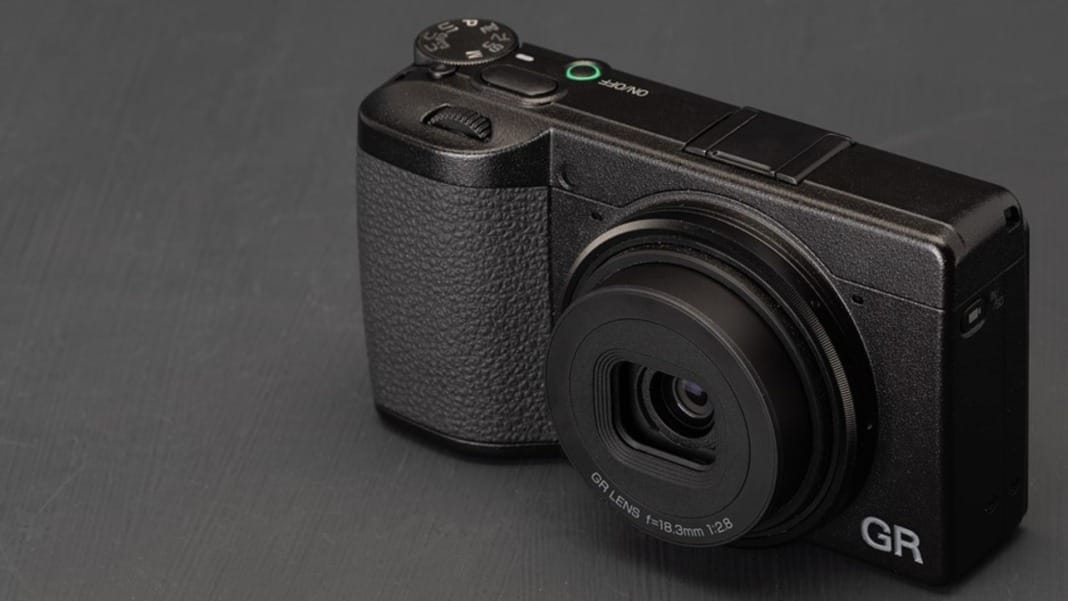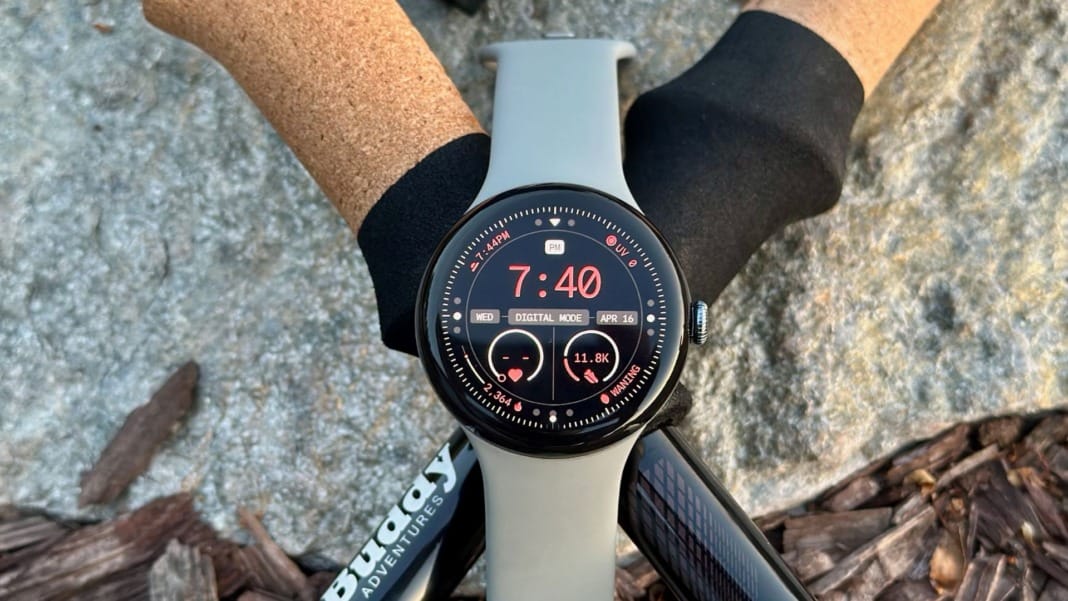Ricoh has officially launched the GR IV, the long-awaited successor to the GR III. The new model retains its compact form but introduces key improvements in its sensor, lens, storage and battery life.
Compact design with upgraded internals
At first glance, the GR IV looks nearly identical to the GR III, maintaining its pocket-friendly design that sets it apart from larger rivals such as the Fujifilm X100VI. The camera remains one of the most portable options in its class, making it an attractive choice for photographers seeking a high-quality compact device.
The new camera features a 25.74-megapixel backside-illuminated APS-C sensor, a slight increase over the GR III’s 24MP version. While the bump in resolution may not be significant on paper, the new sensor could deliver improvements in noise performance and dynamic range.
Ricoh has also enhanced the 28mm-equivalent lens by adding an extra aspherical element. This change is expected to sharpen images, particularly around the edges of the frame. The lens barrel has been made thinner, which cuts startup time by 0.2 seconds, or roughly 25 per cent.
Improved processing, autofocus and storage
Inside, the GR IV runs on a new image processor. Ricoh claims the processor offers better noise reduction and more accurate colour reproduction, resulting in improved JPEGs straight out of the camera. Autofocus has also been upgraded, promising faster and more reliable performance.
The in-body image stabilisation system has been upgraded from a three-axis to a five-axis design, which should provide steadier shots in a wider range of conditions.
One of the most notable changes is the increase in internal storage. While the GR III offered just 2GB, the new model includes 53GB, enough to hold over 2,000 JPEG images without the need for a memory card. For those who require additional capacity, the GR IV also supports microSD cards.
Longer battery life and a higher price
Battery life was a known weakness of the GR III, but Ricoh has tackled the issue by fitting the GR IV with the larger DB-120 battery. This holds 40 per cent more charge than the previous DB-110, giving the new model a CIPA rating of 250 shots compared with 200 shots on the GR III.
Despite the upgrades, the higher launch price may disappoint fans. The GR III was priced at US$899 when it was released, while the GR IV debuts at US$1,499.
The GR IV will be available in the United States from September at US$1,499 (S$1,932). Ricoh has yet to confirm local pricing and availability in other markets.





